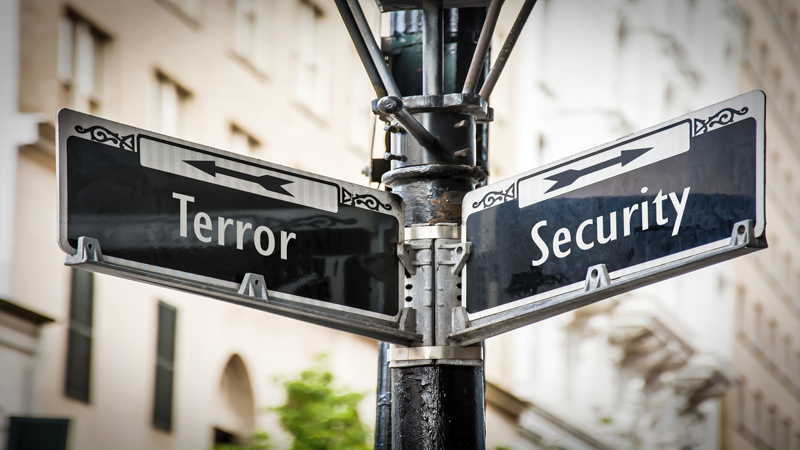 Within the security industry, it is understood and accepted that there are no measures for absolute safety/security, especially when dealing with high priority risks, such as terrorism. However, it is essential to plan and place security measures in order to reduce risk to the lowest level possible.
Within the security industry, it is understood and accepted that there are no measures for absolute safety/security, especially when dealing with high priority risks, such as terrorism. However, it is essential to plan and place security measures in order to reduce risk to the lowest level possible.
High footfall spaces with public access are generally more vulnerable to a terrorist attack given the objective to cause as many casualties as possible. Common targets are stadiums, arenas, critical national infrastructure buildings (such as government bodies) and transportation areas with mass commute.
For security system suppliers/installers, use this information to better profile your clients and understand what solutions would suit best their requirements.
A look into terrorism as a concept
Terrorism does not constitute bombings only, other methods include attacks on valuable information or communication systems, hijackings, kidnappings, assassinations, armed assaults, and barricade-hostage incidents. Occasionally, threats and hoaxes are designed to only frighten or intimidate, and some attacks are easier to carry out if the terrorist works with an insider or with someone that possesses specialist information or easy access into facilities.
Physical security against terrorism
The measures a security team implement against terrorism will also work effectively to mitigate risk against other threats such as theft and burglary, so having high level protective measures in place is very efficient. Aim to have all measures integrated into one security ecosystem which will allow a quicker deployment of responses and better control over processes.
With protective security, the best way to manage hazards and risks is to start by identifying threats and vulnerabilities. This will help you decide what security improvements you need to specify, and what type of new security and contingency plans need to be created.
Identifying threats
Immerse yourself in the terrorist’s point of view. Understand what their possible intentions and capabilities are. What actions might they take and how could they execute them? Complete an in-depth research from government and media sources around the current security climate and recent terrorist activity. Are there any individuals or assets within the customer’s premises that may attract terrorist activity? Are there procedures sent in place for when a high-profile individual is attending? Answering these questions could potentially reveal major gaps for improvement.
If you think the location or nature of the business places it at a higher risk, investigate what information is potentially available to intruders through public domain such as the internet or public documents.
Defining who and what requires most protection
Security priorities may into four different groups.
- People: this includes staff, clients, and visitors.
- Physical assets such infrastructure, valuables, cash and hardware.
- Information
- Procedures, for example, supply chains.
Enhancing existing measures
You should explain the following procedures to your customers to help secure personnel and premises:
- Make sure they have appropriate methods for assessing the integrity and reliability of those in their employment.
- Train staff to detect unusual activity. Time is crucial in the event of an attack, so detecting threats as soon as possible will help in quicker deployment of physical measures.
- Evaluate and update where necessary for IT systems to protect the premises from viruses and hackers.
- By default, they should already have procedures and systems in place to limit a person’s access into restricted areas. They should review the effectiveness of measures already in place and determine if stronger control measures must be used.
Selecting and implementing additional physical security
As mentioned, achieving absolute security is unrealistic, but it is essential to place as many measures as necessary to mitigate impact. For high-risk threats you should recommend security rated solutions that are able to protect against fire and blast. Look for products that offer security standards from the LPCB (Loss Prevention Certification Board); impact protection products will range between doors and security shutters. Remember to integrate these measures along with alarm systems and CCTV.
Lastly, encourage your customers to regularly carry out assessments and drills of existing security measures with staff to assure all are working effectively and are updated, and make sure they work on security and protection collaboratively with the police and neighbouring businesses.

